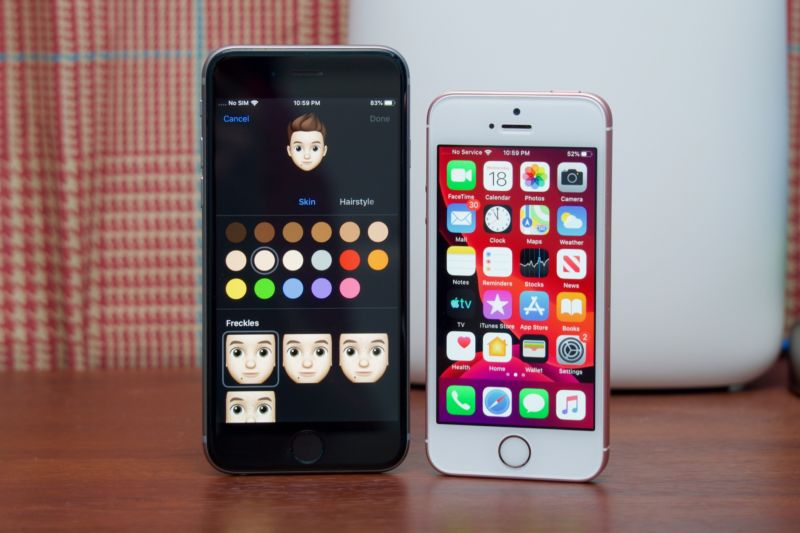iOS 13 on the iPhone 6S and SE: New software runs fine on a phone that’s still fast

Enlarge / The iPhone 6S and SE are the new baseline for iOS 13, and everything is still running smooth. (credit: Andrew Cunningham)
People upgrading to iOS 13 this year may have more of an incentive than usual to keep using their old phones rather than upgrading to new ones. After all, 2016's iPhone SE was the last Apple phone to include a 4-inch screen suitable for smaller hands and pockets, and both the SE and the 6S were Apple's last phones to include conventional 3.5mm headphone jacks.
But running Apple's newest software on its oldest supported hardware hasn't always been a pleasant experience, something we've been tracking going all the way back to iOS 6 and the iPhone 3GS in 2012 (see also: iOS 7 and 7.1 on the iPhone 4; iOS 8 and 9 on the iPhone 4S; iOS 10 on the iPhone 5 and 5C; and iOS 11 and 12 on the iPhone 5S). After using iOS 13 on both the 6S and SE recently, I can say that both devices still feel just fine to use-if you're happy with how iOS 12 runs right now, you'll be fine with iOS 13, too. They're both good for hand-me-down devices. But there are still compelling reasons to upgrade if you're thinking about it, and good reasons not to buy a used or refurbished version of either phone just to get the small screen or the headphone jack.
Apple's A9 is still pretty goodFor this performance test, I did a fresh install of iOS on each device, signed it into a test iCloud account, and let the phones sit for a while to complete any indexing or other behind-the-scenes tasks. I then opened each app three times and averaged the results. In the past, this has been a fairly reliable indicator of how each phone will actually feel in day-to-day use. If opening an app and waiting for it to load on a fresh iOS install feels slow, that usually means that the rest of the phone (including waiting for the keyboard to pop up, waiting for pages to load, and other tasks) will feel slow too, especially as you download more stuff and connect more accounts.
Read 9 remaining paragraphs | Comments